In case you haven’t tried shopping for mason jars lately, we’ll be the first to warn you that there aren’t any around. Although it’s usually hard to find any supplies during the late summer season, the canning supply section seemed to clear particularly quickly this year. It’s exciting to think of all the canning happening around the province of folks preserving the summer season. Here are some of our favourite ideas to preserve your market fresh veggies, fruits, and herbs if you are unprepared for a canning session.
Note: Some of these recipe ideas use jars, but unlike canning, you don’t need new canning lids or canning equipment to make them food safe. Any recycled jars will do!
Oil Packed Vegetables
Does roasted cherry tomatoes in the middle of winter sound good to you? By packing your veggies in a jar topped with olive oil, you keep out all the air and oxygen that ages your food. When stored in the refrigerator, these will last for months. Plus, you get delicious tasting olive oil to add to your recipes. You can also try it with grilled eggplant or peppers – delicious!
Salts
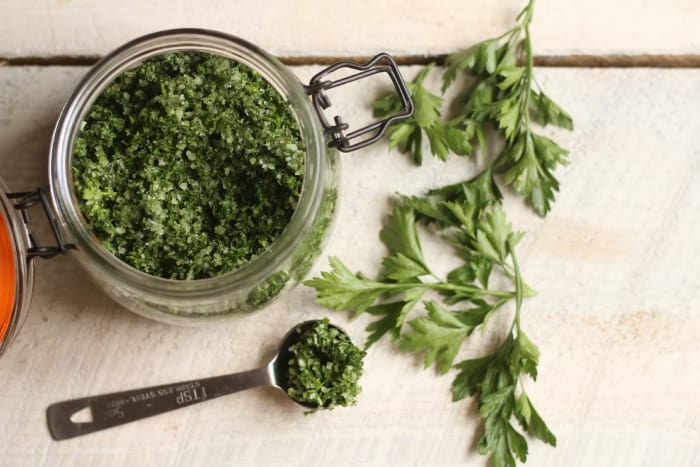
Photo by The Prairie Homestead
This one couldn’t be easier. Blend delicious fresh herbs with salt. Sprinkle on your favourite comforting dishes all winter long. Homemade Herb Salt by The Prairie Homestead here.
Freezing
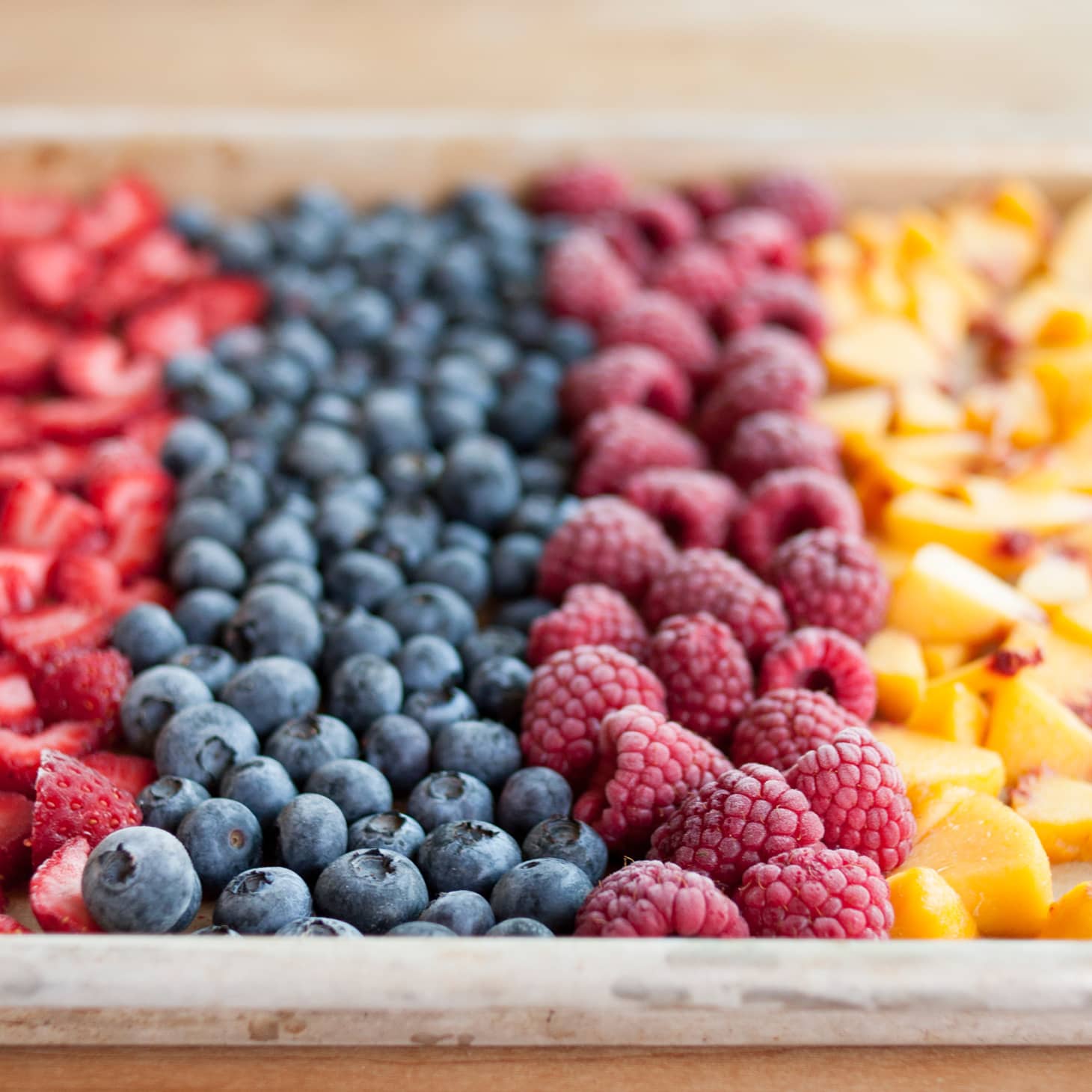
Photo by The Kitchn
Anyone else opt to load up their freezer with summer goodies? Our favourite tip is to freeze everyone on a sheet tray and then package into Tupperware or freezer bags. See the Kitchn guide on How To Freeze Fresh Summer Fruit here.

Photo by She Wears Many Hats
We think freezer jam is incredibly underrated. All the benefits of jam without worrying about canning, just pop it in the freezer. Adapt this recipe with other fruits of your choosing, and enjoy summer goodness on toast, pancakes, and scones all year round.
Blueberry Freezer Jam by She Wears Many Hats here.
Fermentation
Fermentation may seem like the scariest option, but actually one of the easiest. This video breaks down how to easily calculate a salt water brine which is used to submerge your vegetables. This process lets bacteria eat sugars to create lactic acid resulting in salty, delicious, crunchy vegetables. This guide also shows you the signs of mold to look out for, and some great hacks for alternatives to fancy fermentation equipment.
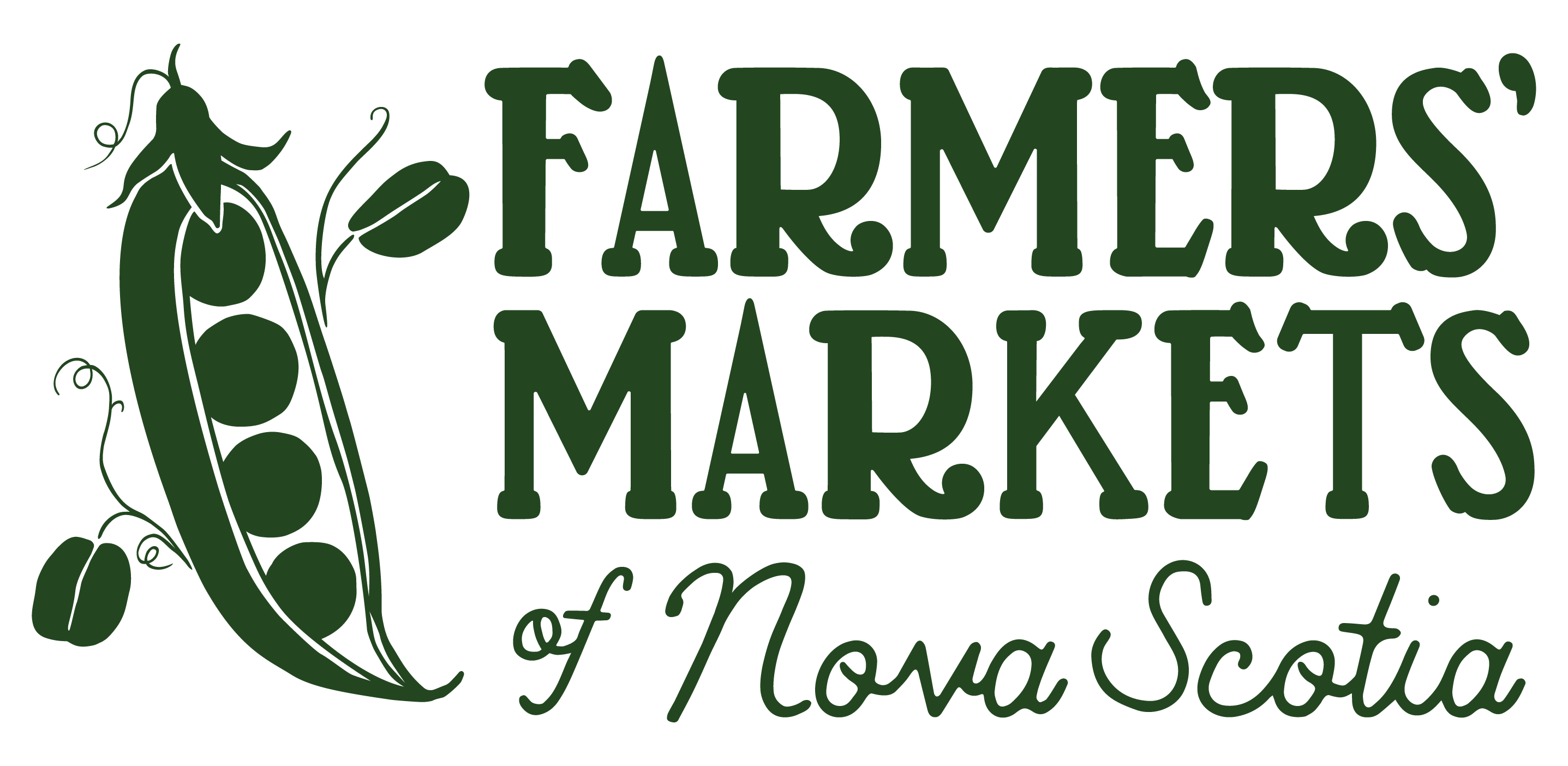
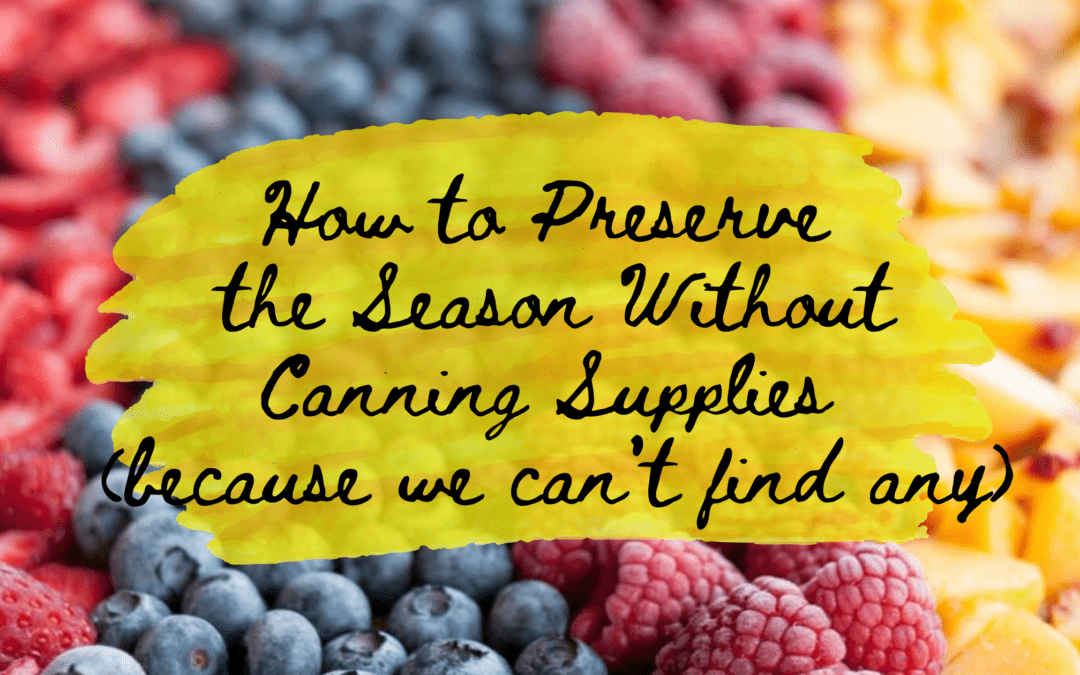


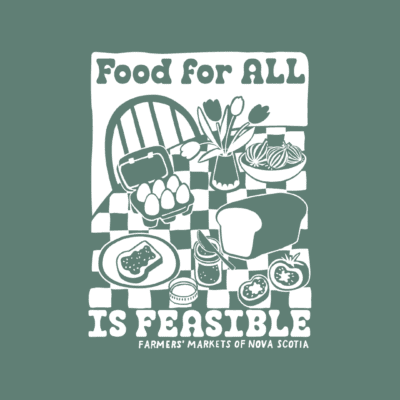
Thank you! This Fermentation Friday video is very clear and easy to follow! And fun, too.
Everything for canning looks great. I love buying local vegs and fruit. It’s the best anywhere….
Thought you might mention dehydration.